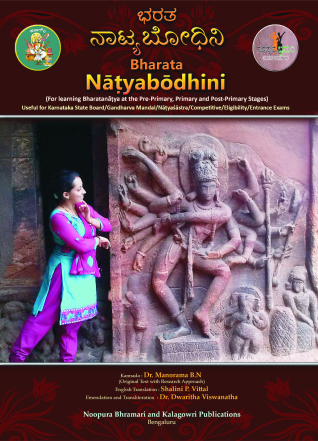The present article addresses the issues and challenges faced by the researcher during the primary and secondary data collection through survey and interviews conducted on current condition of dance education in schools of Bangalore. The nature of this study is mostly quantitative and there were need of survey through observations in dance classrooms. Also there was a requirement of qualitative data to be collected, hence interviews of teachers, management person and parents were conducted. Major challenges are categorized in order to the process of data collection (primary and secondary) in this paper. The issues and objectives of this research study are related to the provision of dance education in schools of Bangalore is an ignored area in terms of dance curriculum, dance pedagogy, teacher’s incompetence, and school management hierarchy.
Apart from these majorly pointed issues, there were always other hurdles which were seen in the journey of data collection in terms of time and schedules, research expenses, availability, accessibility & feasibility of data, strict rules in school policies related to the security of students or
may be fear of revealing the ignorance of dance education and disorder of dance department and mindset and the formalities in Government department for permission etc.
This paper is further arranged in order to explain the nature of study, articulation of objectives for the purpose of study to clarify scope & sequence and identify the research questions, extended review of literature, methodology employed for the study, sampling of participants, challenges occurred during the data collection, analytical study and finally to provide the conclusion to the paper.
There may be many authors for various kinds of hastas and the usage might also be varied but the great sage Bharathamuni is the true originator. The study of various treatises on dance authored by knowledgeable scholars will be fruitful as one can have a variety in actions, gestures and movements with a touch of novelty within the frame of shastras. The performance which would last for hours at a stretch in age old days has presently been limited to less than two and a half hours due to time constraints. The need of the hour is crisp presentation and to be precise in gestures. The knowledge of availability of more hastas in treatises of different centuries would help one to be apt in abhinaya. The search has been taken up with the prime objective to technically enhance the hasta language of Bharathanatya with the background of the study of hastas in additional treatises and analyze their implementation at the right context in Bharathanatya. Further to create awareness of the vastness of Hasta-abhinaya according to the shastras. A comparative analyses of hastas in all the treatises taken up for the study is to be brought forth. Finally, it is to be made available to be used as a comprehensive guide at a glance. The study is also based on the practical performances of Bharathanatya.
Krishna is the magical hero who has captured the hearts of every scholar, artiste and common man alike by multilayered personality. The evergreen hero, Krishna, figures foremost in Indian scriptures and stories. Inspired thus, his popularity has spread over every subject for many centuries and will continue to do so. Every person smitten by his charisma has tried to understand Krishna is his/her own way. One can only try because it is truly an illusion to think that he has been completely understood! Still, the endless attempts continue and it becomes possible only because of his enigmatic persona.This particular article explores one aspect of this endearing Krishna – as a hero in love. In this research paper, an extract of the MPhil dissertation submitted by the researcher is being presented. The element of Krishna as a Srngara Nayaka is being dealt with. The major findings of the research are highlighted in this article.
The aim of the research is to understand the significance of Sakhī depicted in different literatures. Sakhi being an important character in many of the dance/dramas, has its own weight and prominence in many literatures. This work has two main objectives with the first one being to understand different types of classification of the character Sakhi and her duties. The second objective is to highlight the character Sakhi in Nayaka-Nayika relationship by examining different literatures and to emphasise the role of Sakhi in dance and dramas.
by
Dr Dwaritha Vishwanatha,Deepthi Shree Bhat
: Category :
Student research articles
: 15 Feb 2018 Issue No.: 2,3,4 Volume No.: 10
Ninda Stuti is a genre of devotion wherein the devotee praises the Lord in the garb of criticism. Where does this genre find its roots and how did it evolve? What is its significance and why did poets employ this? The study in this research entitled "Ninda Stuti - An Exploration" focuses on the roots of this genre and its possible derivation from different poetics.


